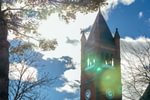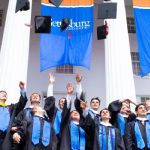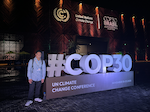
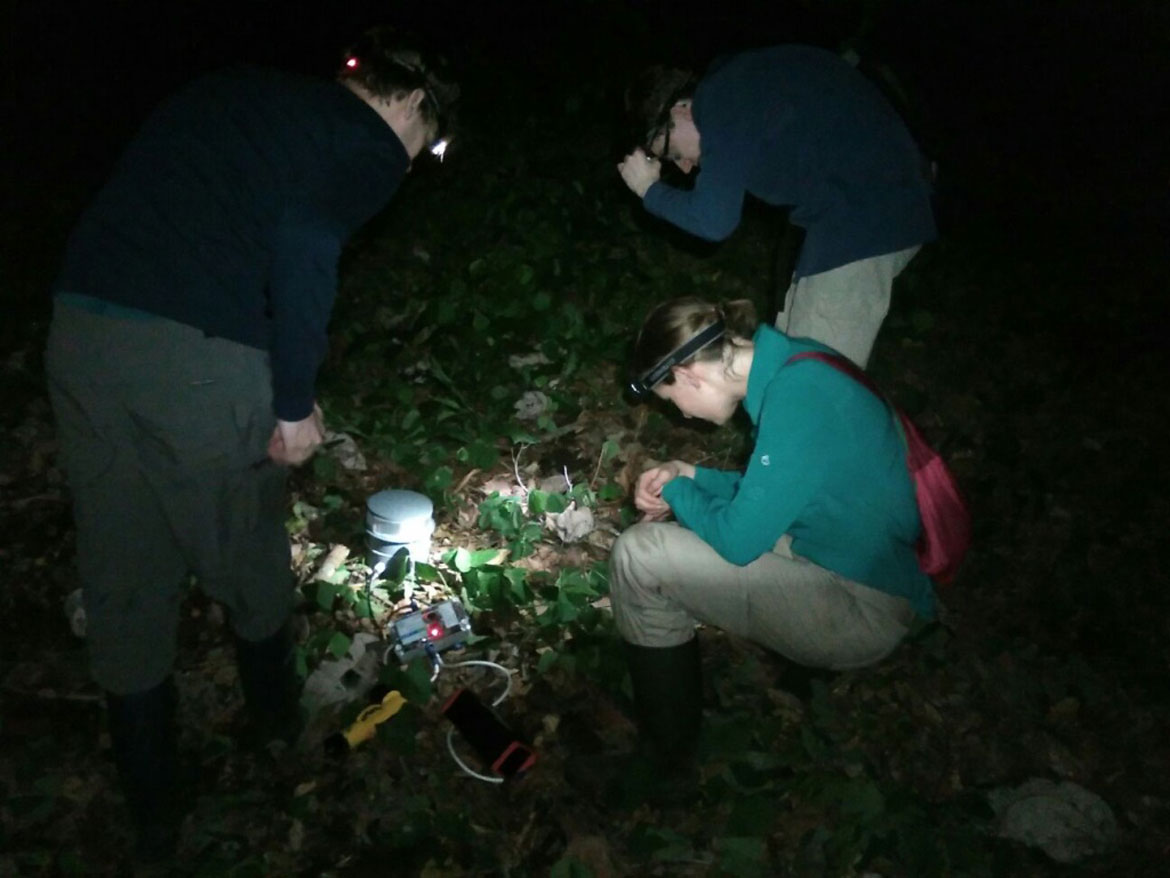
Tropical rainforest frogs in Central America may provide the latest evidence of a changing planet, according to a new paper co-authored by Biology Prof. Alex Trillo. The study received worldwide media attention, and was featured on the PBS Newshour and in the U.K.’s Guardian newspaper as well as The Atlantic, among others.
The study
Thirty years from now, 70 percent of the world’s population will live in cities, according to the United Nations. Trillo, as part of a larger team at the Smithsonian Tropical Research Institute, says that has serious implications for nature. As human settlements expand into previously forested areas, wild animals must either adapt to live among us or be displaced.
Living in urban areas, however, can have major effects on the biology of these animals. Evidence of this can be seen in the mating habits of frogs in Panama. Writing in Nature Ecology and Evolution, Trillo and fellow researchers zero in on the sounds male Túngara frogs make to attract females. Their work suggests frogs more accustomed to urban environments can adjust their calls in response to reduced risks of predation or parasitism in the city, ultimately making their calls more attractive. Frogs from the rainforest, on the other hand, lack this ability.
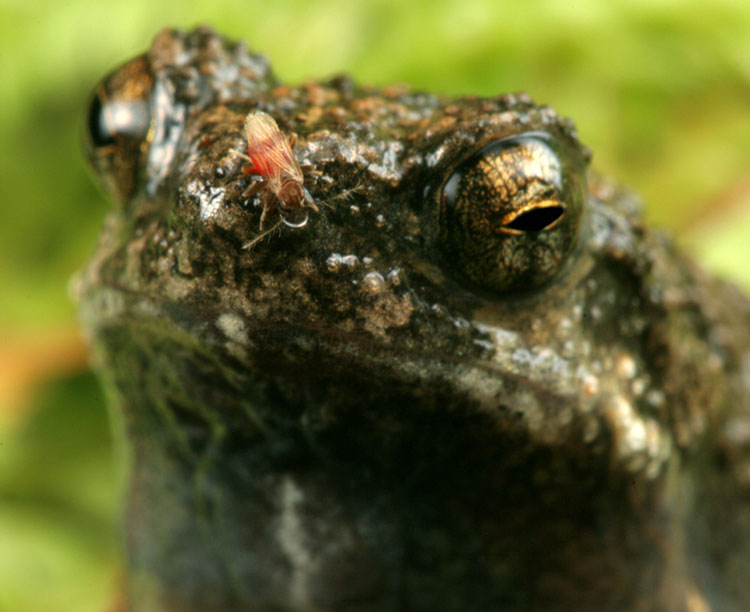
The conclusion
“Our study shows that urban life can affect animals in ways that aren’t immediately obvious. Previous studies have shown that light pollution and noise can impact how animals communicate, but this study shows that cities can alter predator and parasite communities, allowing frogs to call in ways that are more appealing to mates,” Trillo said.
This innovative research underscores Gettysburg’s collaborative approach to the sciences. Trillo’s partnership for this project included faculty from Vrije Universiteit of Amsterdam, Purdue University, the University of Texas, the Smithsonian Tropical Research Institute, and the University of New York at Abu Dhabi. Funds were provided by a Marie Curie grant, a Veni grant, Holland’s Academy of Arts and Sciences as well as the U.S. National Science Foundation.
